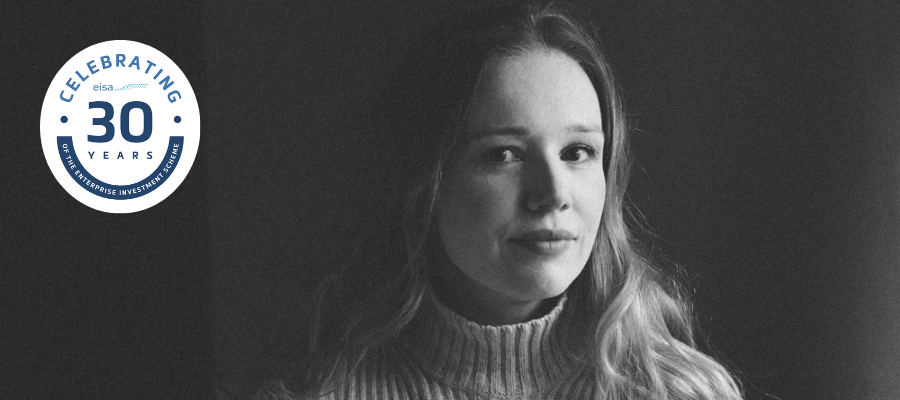As part of the run up to our 30th Anniversary of EIS Celebration event, we are shining the spotlight on success stories of businesses that have grown using the Enterprise Investment Scheme (EIS) or the Seed Enterprise Investment Scheme (SEIS).
These stories demonstrate why it is so important for us to celebrate and support the schemes so they can continue to boost the UK start up ecosystem.

“The [SEIS and EIS] funding was crucial”, says Leah Jorgensen, CEO and Founder of Jorgen House
We spoke with Leah to learn more about how her startup used the Enterprise Investment Scheme to grow into a success story.
How important has SEIS/EIS funding been to your startup?
“It’s been such an instrumental part of the journey. Without this fund I wouldn’t have been able to launch the brand, or have been able to start working for myself.”
“As a mother to two young children the typical working model didn’t work for me. I was made redundant on my maternity leave and since then made it my mission to find a way to be able to work for myself.”
“I had the concept for the brand and the knowledge to make it happen, but I didn’t have the funds.”
“Through SEIS I was able to attract investors for the brand in a relatively quick time frame and was able to launch the brand Jorgen House.”
How much did you raise and from who?
“I raised £150,000 SEIS through angel investors.”
What has SEIS/EIS investment enabled you to do?
“The investment enabled me to place my production orders which due to the technology had high volume minimums.”
“I was also able to conduct photoshoots and develop an online store, I was able to produce high quality sustainable packaging and also protect my designs and trademarks legally.”
“It enabled me to travel to tradeshows and secure wholesale partnerships. I run the entire brand myself, and without this investment none of this would have been possible.”
How are you changing the world?
“I believe the brand is changing the preconceived notion of maternity wear. The products are designed and developed with engineered technology and sustainable yarns to last the wearer from pre-natal to post, through motherhood and beyond.”
“No longer is maternity wear deemed for landfill, these are designed and developed to last you through the different stages of womanhood.”
“Sustainability runs through the entire brand, from the recycled yarns to the compostable packaging. Sustainable in its manufacturing, but also in its longevity of use.”
Want to discover more EIS and SEIS success stories like this one?
You can read more stories of how businesses have grown using the schemes here. If you are a founder and would like to share your EIS success story, please contact us here.



